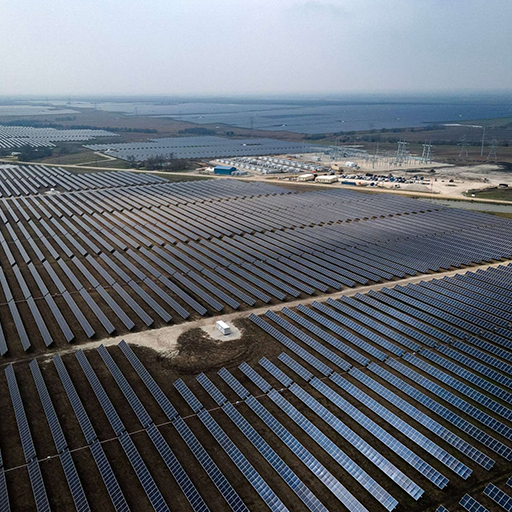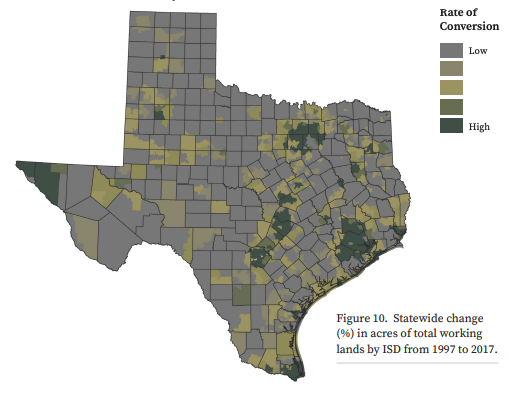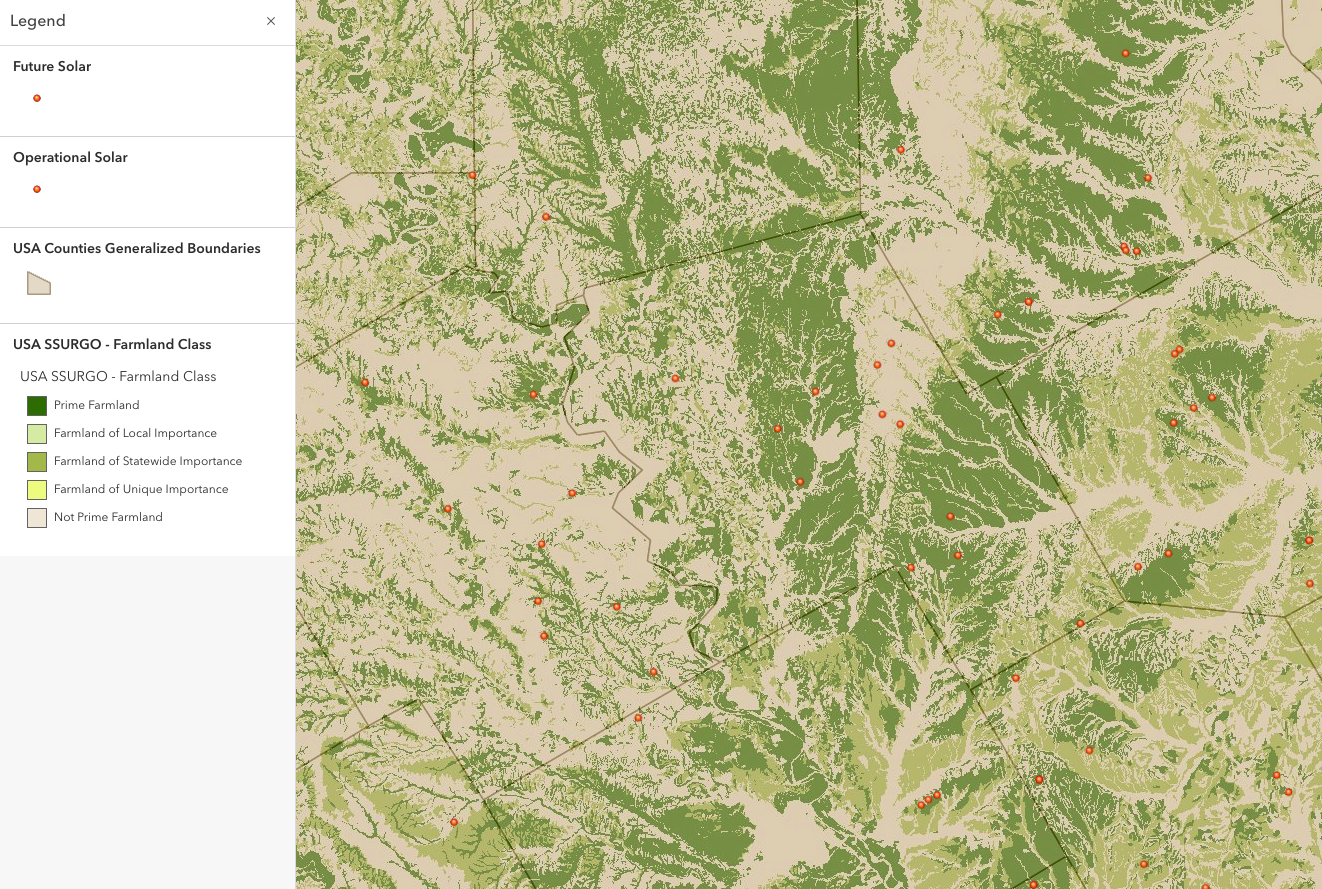Permanent Impacts to Farmland and the Texas Agriculture Industry
The Sun Valley Solar and Battery Storage project, east of Abbott and 20 miles north of Waco, has reshaped the countryside. 252 MW of solar capacity are spread across 2,596 acres that cannot be restored to its former agricultural value.


From 1997 to 2017, Texas lost approximately 2.2 million acres of working lands as they were converted to non-agricultural uses. As of 2022, the most recent Census of Agriculture, the trend had only accelerated as Texas farmland declined by more than 1.6 million acres with a loss of over 17,700 farms. The Solar Energy Industries Association is forecasting 41,000 MW of increased solar capacity over the next five years. At an average of 8 acres per MW of land, we can expect 328,000 acres of land in Texas to be converted for industrial use.
As working land continues to be converted into residential, commercial, and industrial use, what do we lose by converting prime farmland into solar panels?
The map to the right displays prime, locally important, and unique farmlands for use in implementation of the Farmland Protection Policy Act. Part of the 1981 Farm Bill, the Act is intended to limit federal activities that contribute to the unnecessary conversion of farmland to other uses. The law applies to construction projects funded by the federal government such as highways, airports, and dams, and to the management of federal lands. No such law applies to the rapid conversion of prime farmland into solar farms.
Note: The map on the right is centered on Hill County, where the picture at the top of this page was taken.


